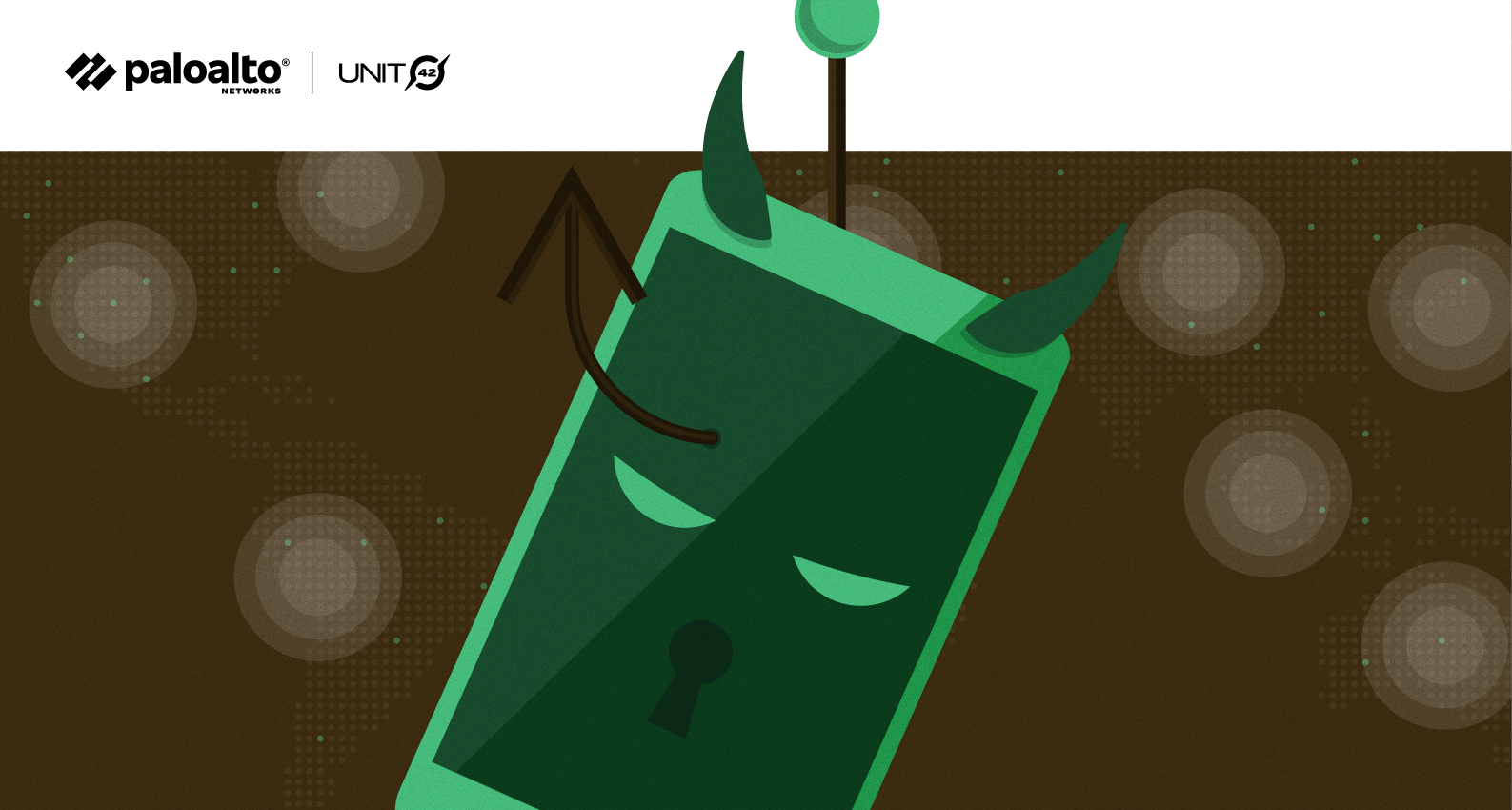
How to Cut Down on Ransomware Attacks Without Banning Bitcoin
Ransomware isn’t new; the idea dates back to 1986 with the “Brain” computer virus. Now, it’s become the criminal business model of the internet for two reasons. The first is the realization that no one values data more than its original owner, and it makes more sense to ransom it back to them—sometimes with the added extortion of threatening to make it public—than it does to sell it to anyone else. The second is a safe way of collecting ransoms: Bitcoin.
This is where the suggestion to ban cryptocurrencies as a way to “solve” ransomware comes from. Lee Reiners, executive director of the Global Financial Markets Center at Duke Law, proposed this in a recent Wall Street Journal op-ed. Journalist Jacob Silverman made the same proposal in a New Republic essay. Without this payment channel, they write, the major ransomware epidemic is likely to vanish, since the only payment alternatives are suitcases full of cash or the banking system, both of which have severe limitations for criminal enterprises.
It’s the same problem kidnappers have had for centuries. The riskiest part of the operation is collecting the ransom. That’s when the criminal exposes themselves, by telling the payer where to leave the money. Or gives out their banking details. This is how law enforcement tracks kidnappers down and arrests them. The rise of an anonymous, global, distributed money-transfer system outside of any national control is what makes computer ransomware possible.










/cdn.vox-cdn.com/uploads/chorus_asset/file/25441198/2031002415.jpg)







